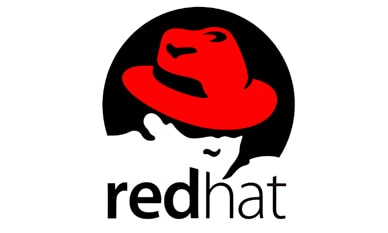
Clusters and storage
Get an overview of storage and cluster technologies.
Create high-availability clusters
Review and create the architecture of Pacemaker-based high-availability clusters.
Nodes and quorum
Review cluster node membership and how quorum is used to control clusters.
Fencing
Understand fencing and fencing configuration.
Resource groups
Create and configure simple resource groups to provide high-availability services to clients.
Troubleshoot high-availability clusters
Identify and troubleshoot cluster problems.
Complex resource groups
Control complex resource groups by using constraints.
Two-node clusters
Identify and work around two-node clusters issues.
ISCSI initiators
Manage iSCSI initiators for access to shared storage.
Multipath Storage
Configure redundant storage access.
Logical volume manager (LVM) clusters
Manage clustered LV.
Global File System 2
Create symmetric shared file systems.
Eliminate single points of failure
Eliminate single points of failure to increase service availability.
Comprehensive review
Set up high-availability services and storage.
Note: Course outline is subject to change with technology advances and as the nature of the underlying job evolves. For questions or confirmation on a specific objective or topic, please contact a training specialist.
Senior Linux system administrators responsible for maximizing resiliency through high-availability clustering services and using fault-tolerant shared storage technologies
If you want to take this course without the exam (RH436) and have not earned your RHCE® certification, you can confirm that you have the necessary knowledge by passing the online skills assessment.
Impact on the organization
This course is intended to develop the skills needed to produce highly available, more resilient, mission critical applications, resulting in reduced downtime and easier hardware maintenance.
Red Hat has created this course in a way intended to benefit our customers, but each company and infrastructure is unique, and actual results or benefits may vary.
Impact on the individual
As a result of attending this course, students should be able to create, manage, and troubleshoot highly available network services and tightly-coupled cluster storage for business-critical applications.
Students should be able to demonstrate the following skills:
- Improve application uptime by using high availability clustering
- Manage storage in an high availability environment using iSCSI initiators, HA-LVM or CLVM as appropriate, and GFS2 cluster file systems
- Implement strategies to identify single points of failure in high availability clusters and eliminate them
